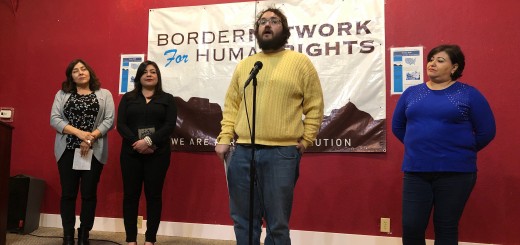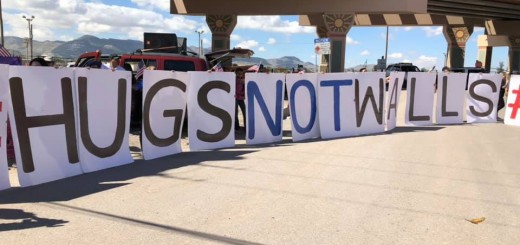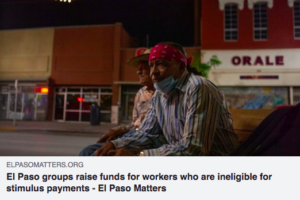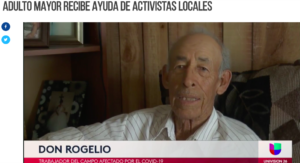On the Border Between Two Americas
Border-patrol surge brings enforcement without accountability, putting politics ahead of people.
By Fernando Garcia
March 26, 2014
When Americans think about our southern border with Mexico, the first thing that comes to mind for many is, sadly, a lawless, desert region filled with drug runners and smugglers. This caricature of the border pervades the minds of many who live far from the region and certainly the political dialogue that exists in Washington today.
The reality is that our border communities are quintessential American communities. They are among the safest cities in the country. We are diverse in our populations and innovative in our approach to economic development and entrepreneurship; in many ways, we provide an insight into the future of the United States. In a report my organization recently released, “The New Ellis Island: Visions From the Border for the Future of America,” local law-enforcement officials affirm that “the crime rate in border counties is lower than in non-border counties and crime levels have been decreasing for years.”
Still, politicians continue to perpetuate the image of a lawless border region to justify a constant increase in border enforcement. They have succeeded in creating the largest law-enforcement agency in the United States. In addition to record numbers of border agents, recent enforcement surges have funded border-security strategies that lack focus on the real threats to our nation, while failing to deliver much-needed resources to our ports of entry. Even as border crossings dropped drastically during and after the recession, we’ve seen a massive increase of “boots on the ground” with insufficient training and very little accountability. As a result, border communities have seen increases in excessive “use of force” and civil-rights violations involving residents and migrants alike.
At the end of February, a report commissioned by U.S. Customs and Border Protection to review its “use of force” policy and practices was leaked to the press. The report, written by the Police Executive Research Forum, concluded that CBP agents regularly provoke incidents that result in the deadly use of force. It also noted there is a “lack of diligence” in the investigations after use-of-force incidents occur.
For those of us who live in border towns and cities, these revelations about the border patrol come as no surprise. We started organizing ourselves 15 years ago to make sure that our voices are heard by those in Washington who set these policies. The political conversation can’t seem to get away from “how much” border patrol. We’d like to start talking about “what kind of” border patrol this country needs.
But we haven’t waited for Congress to take action. Border Network for Human Rights has created a “Model of Engagement with Law Enforcement” that has enabled our local border-patrol sector—which stretches from West Texas and includes all of New Mexico—to make some of these changes administratively.
This community capacity is not the case in every border-patrol sector. What needs to happen to make border patrol more accountable? We’ve held community meetings and talked with border residents across many states. We’ve learned what’s working and what’s not.
Here’s what we found. First, border officer training must emphasize “use of force” commensurate with the situation. And agents must be certified in the use of less-than-lethal weapons. This could save lives on the border each year. Next, border-agent training must emphasize de-escalation techniques, so that incidents like rock throwing, which often result in the use of lethal force, can be managed more humanely. Finally, there must be more internal supervision and accountability for agents who violate these policies.
These suggestions won’t transform the border region over night, but they are an important place to start in restoring basic due process. Fortunately, there is growing bipartisan support for these types of changes. Two members of Congress from border districts recently announced that they are working together to address the issues revealed in the leaked PERF report. Reps. Steve Pearce, R-N.M., and Beto O’Rourke, D-Texas, are in the final stages of crafting a bipartisan bill that includes many of the solutions we’ve advocated for and aspires to create a border enforcement system that values accountability and oversight. The bill will be introduced this week.
As we prepare the fight to get it passed in Washington, those of us who live and work at the border will continue to challenge the border stereotypes and to develop clear solutions to the problems that occur when border-patrol excesses go unchecked.
In the meantime, we hope these advances will not only make border communities even safer but also strengthen the basic protections we all value as Americans.
Fernando Garcia is the executive director of the Border Network for Human Rights based in El Paso, Texas. Follow BNHR on Twitter at @bnhr
http://www.nationaljournal.com/next-america/perspectives/on-the-border-between-two-americas-20140326




